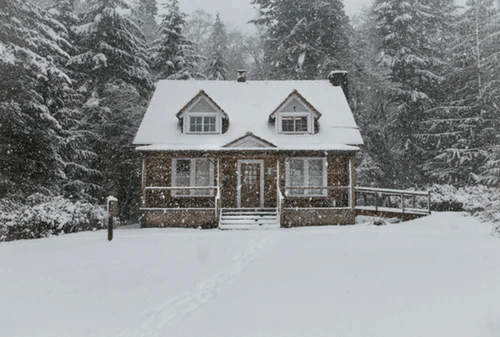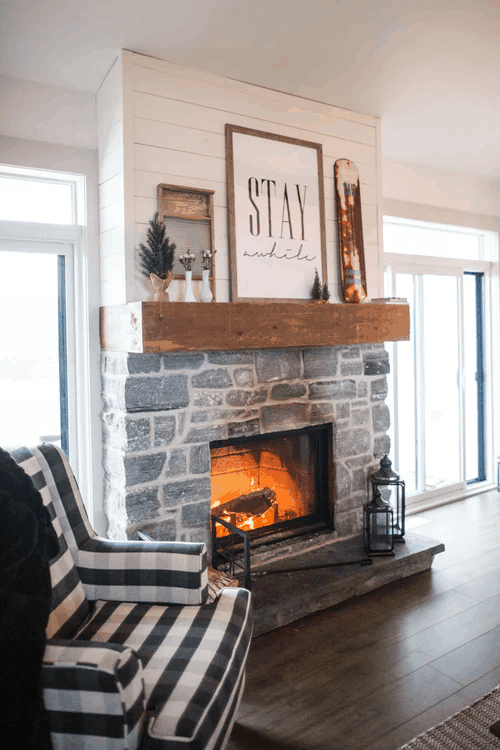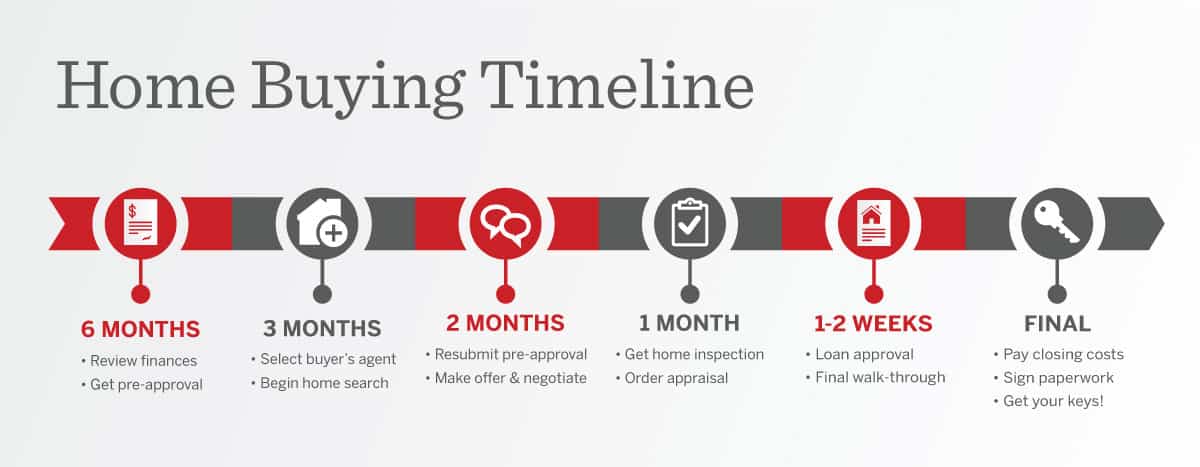9 Cost-Efficient Ways to Heat Your Home This Winter
While winter brings the holidays, sweaters and scarves, and cozy nights curled up by the fire, this blustery season also brings higher heating costs. Want to know the cheapest way to heat a home and how to make it as energy-efficient as possible? We’ve collected the 9 best ways to keep your home warm without breaking the bank.

1. Adjust Your Thermostat
The most obvious way to keep heating costs low is to turn down a programmable thermostat, especially when you’re at work, sleeping, or on vacation. If you keep your thermostat below 65 degrees, you can get a better night’s sleep, prolong the life of your fridge and even help you lose weight (by forcing your body to speed metabolism to regulate its temperature).
When on vacation, you can safely set your thermostat as low as 55 degrees without your pipes freezing. According to Energy.gov, you can expect to save 1 percent on your energy bill for every degree you lower your thermostat.
For those of us who are more forgetful, another option is a smart thermostat. A smart thermostat removes the human element entirely, allowing you to effortlessly keep your home at a comfortable temperature all winter long. They learn your patterns and adjust the temperature automatically to maximize efficiency and savings.
2. Check the Vents
To decrease heating costs, another important tip is to keep your vents clear. If they are on the floor, make sure that they are not blocked by furniture or rugs. This will keep your heater from working overtime or sending heat to only one part of your home. Be sure to close the vents in rooms you don’t use as well as shutting the door to those rooms. You can go one step further and block the bottom of the door to unused rooms to keep warm air from escaping parts of the house you want warm. Air return vent covers are another easy and affordable way of redirecting heat to your desired living space.
 3. Take Advantage of Your Fireplace
3. Take Advantage of Your Fireplace
Wood fireplaces are arguably one of the cheapest ways to heat a home. Though building a fire can be a cheap and efficient way of heating your home, if you don’t use your fireplace, be sure to keep the damper closed. Leaving the damper open is like leaving a 48-inch window wide open during the winter and can add up to hundreds of dollars in energy costs each winter.
4. Check the seal on Windows & Doors
If your window and door frames are improperly sealed they will allow heat to escape and cold air to seep in. If you’re not sure if your windows and doors are drafty, an easy way to check is by holding a candle near the frame and watching to see if it flickers. Once you’ve identified any air leaks, apply rubber weatherstripping to large gaps and fill in smaller areas with caulk.
If warm air is escaping in gaps underneath your doors that weather stripping can’t fix, roll up a hand towel and place it at the base. If you’re crafty you could even make a DIY draft snake.

5. Throw on a Sweater and Upgrade Your Linens
Since the reason we crank up the heat is to make ourselves warm, it makes sense to lower the temperature and simply wear some warmer clothes. You don’t need to wear a parka around the house, but put on a sweater and some wool socks, or buy yourself a warm, fuzzy bathrobe to don when you’re padding around the house this winter.
You can also keep warm at night by ensuring that your bedding is up to par. Down-filled blankets are very effective when trapping heat. For the warmest option, we suggest a fill power of 600-plus. The fill-power of a blanket can often be found on the label or tag.
6. Reverse Your Ceiling Fan Direction
Some may think ceiling fans are just for keeping cool during the summer, but they can also be the cheapest way to heat a home in the winter. Setting your fan to rotate clockwise at a low speed will push rising warm air to the ceiling to be distributed down the walls and back to the floor. This will make a room feel warmer, allowing you to lower your thermostat temperature and save on heating bills.
Reversing your ceiling fan direction is simple, most ceiling fans include wall or remote controls that make it as easy as pressing a button. If your fan does not come with one of these controls, a toggle switch should be located on the motor housing below the blades.
7. Use Window Treatments Wisely
On sunny winter days, keep your blinds open to allow direct sunlight to shine through your windows. This can be one of the most efficient ways to heat your home, not to mention it’s completely free. This technique is known as passive solar heating and can be maximized if your home features materials such as tile, wood, steel, concrete, or any other material that can act as a heat sink during warmer months and a heat source during colder months.
Knowing the right times to keep your blinds or curtains closed can also help with lowering heating costs. On cloudy days or when the sun goes down, closing your blinds and curtains will help retain heat by acting as an insulator between the cold glass and the room you are trying to keep warm.
8. Save on Water
Monitoring water use is another great way of lowering heating costs during the winter, and in this case, small changes can result in big savings. Changes such as taking short showers instead of baths, not letting the water run, using cold water for laundry, etc.. Also, be sure to lower the temperature of your water heater.
Energy.gov claims that you can save 3-5 percent on your heating bill for every 10 degrees that you reduce your water heater, which shouldn’t exceed a maximum of 120 degrees.
9. Inspect Your Insulation
If your attic or crawlspace isn’t insulated properly it can act as a heat sink to your entire home. This will make your heating system work overtime to keep your home at a comfortable temperature, and the harder it works the more you pay.
Your insulation should be expected if your home was built in the 70’s or earlier as the quality and life-span of insulation has improved significantly in the last few decades. If you live in areas with extremely cold temperatures like Duluth or Minneapolis, MN adding additional insulation to your garage door can make a big difference and is a cost-efficient way to heat your home.
The post 9 Cost-Efficient Ways to Heat Your Home This Winter appeared first on Redfin Blog.




